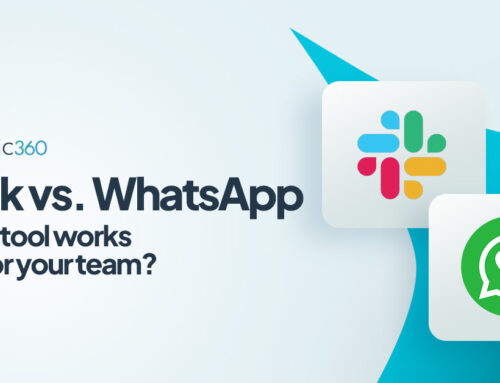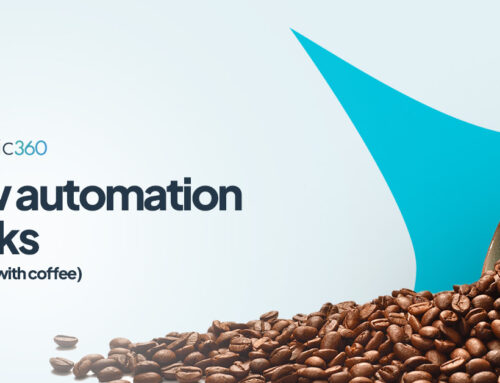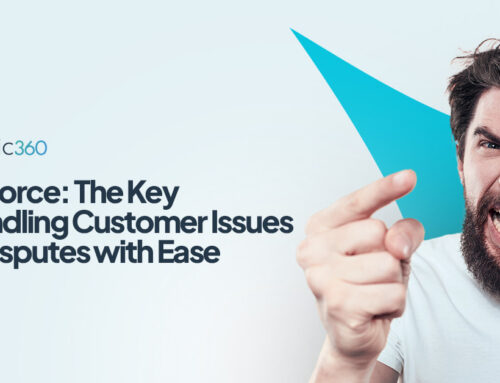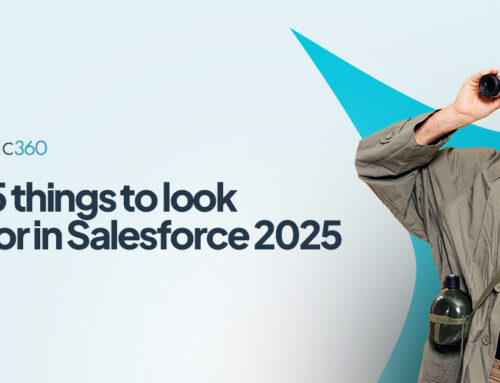If you’ve ever stared at a blank screen, wondering what to say online, you’re not alone. Between YouTube, LinkedIn, Instagram, Facebook, podcasts, and blog posts, the sheer number of platforms can make it hard to know where to begin. How do you decide what to say? How do you stay relevant? And with all these choices, which platform is the best fit?
Let’s break it down and simplify the process, so you don’t get overwhelmed.
The Problem: Content Chaos
Today, anyone can become a content creator. But with this flood of information, it’s tough to stand out. Just as you think you’ve figured out your message, there’s another question looming: where should you post it? Every platform has unique rules, trends, and best practices, and just as you think you’ve cracked the code, it changes.
Enter the sea of “experts” advising you to maximize reach, optimize strategies, post at the “perfect” time, and jump onto the latest trend. It’s easy to feel like you’re spinning your wheels.
Sound familiar?
Platform Fatigue and Information Overload
Even if you figure out what you want to say, all the advice out there can feel like noise. Every day, it seems like the rules change, and what worked yesterday might be irrelevant today.
Many creators and businesses end up chasing these shifting standards and “vanity metrics” — likes, shares, follower counts — that don’t really tell you how well your content is performing in terms of business goals. Instead of focusing on reaching the right people, we get stuck measuring the wrong things, burning ourselves out trying to keep up.
The Solution: Building an Audience with Purpose
The single most valuable skill on the internet isn’t about hitting the latest algorithm hack or racking up followers. It’s about building an audience that truly connects with what you have to say and will ultimately take action. And that can look very different for each business.
Forget follower counts and likes. What really matters is conversion. Even a 10-15% conversion rate — where your audience moves from content consumer to customer — can be game-changing. And what drives this kind of engagement? Understanding your audience on a deep level. This is where data comes in.
Your audience gives you clues about what matters to them every day, through their feedback, complaints, compliments, and even silence. Your job? Listen to it. And that’s where Salesforce comes in.
How Salesforce Can Help You Tune Into Your Audience
Imagine having a digital partner that listens to your customers 24/7. Salesforce is like that partner, with “ears” in places like your point-of-sale system, your website, and even email threads. It picks up on patterns and trends you might not see — and securely stores them for you.
Here’s how it works in a nutshell:
- Data Collection – Salesforce collects valuable customer data from various channels.
- Pattern Recognition – It picks up patterns in the data, giving you insights into what your audience truly cares about.
- Insights and Suggestions – Salesforce uses this data to help you understand what resonates with your audience and suggests what topics and platforms might work best.
By tapping into these insights, you can make informed decisions about your content. You’ll know what to talk about and where to share it, all based on real customer feedback.
Ready to Start Using Data to Drive Your Content?
This process is about working smarter, not harder. And if you’re ready to dive deeper into the specifics of how Salesforce can help you understand your audience and streamline your online strategy, schedule a call with Jonathan Luna, our expert advisor. Jonathan can walk you through the process step-by-step and show you how Salesforce can help you make more impactful content choices.
Let’s make your message matter.
Click here to book your call and see how data-driven decisions can take the guesswork out of your online strategy.





